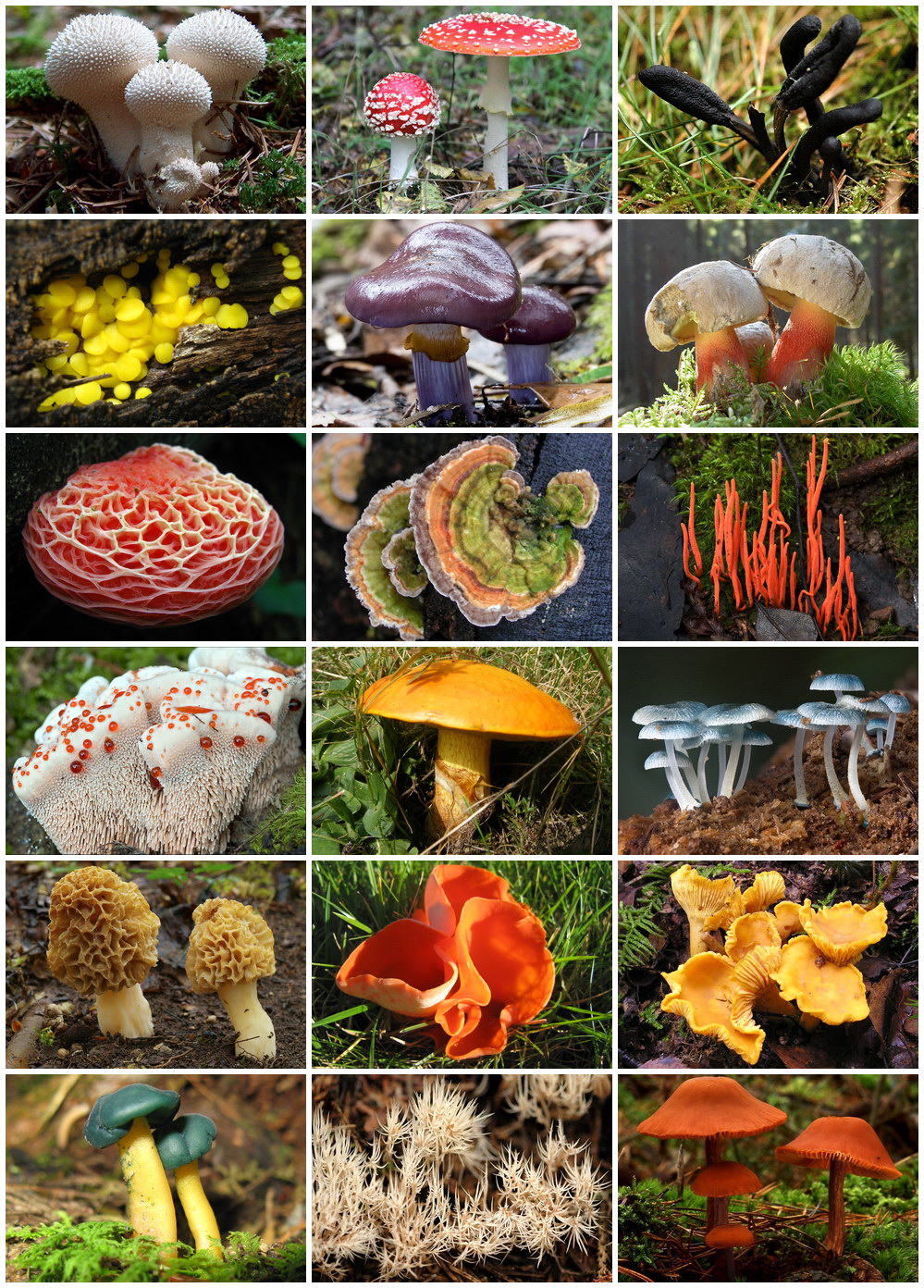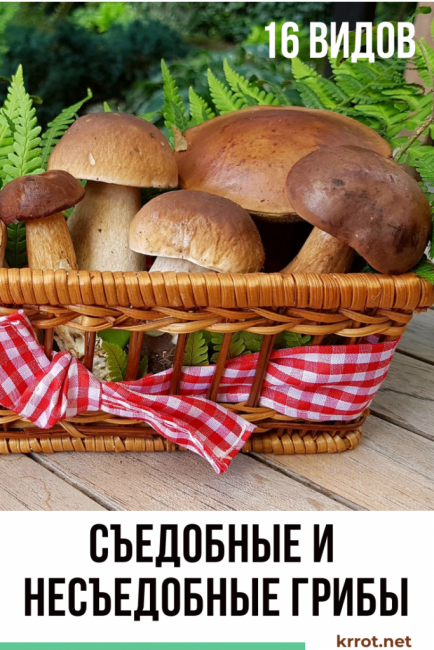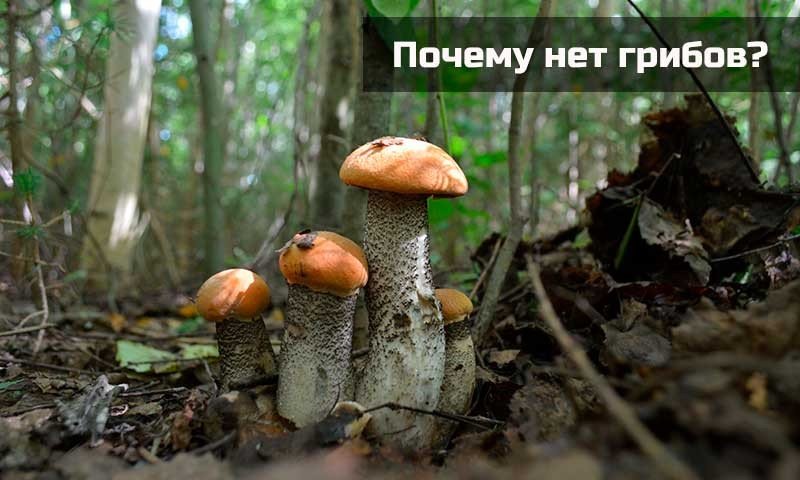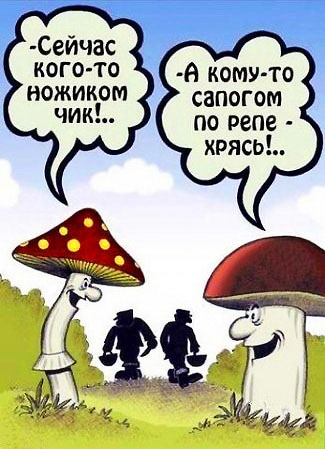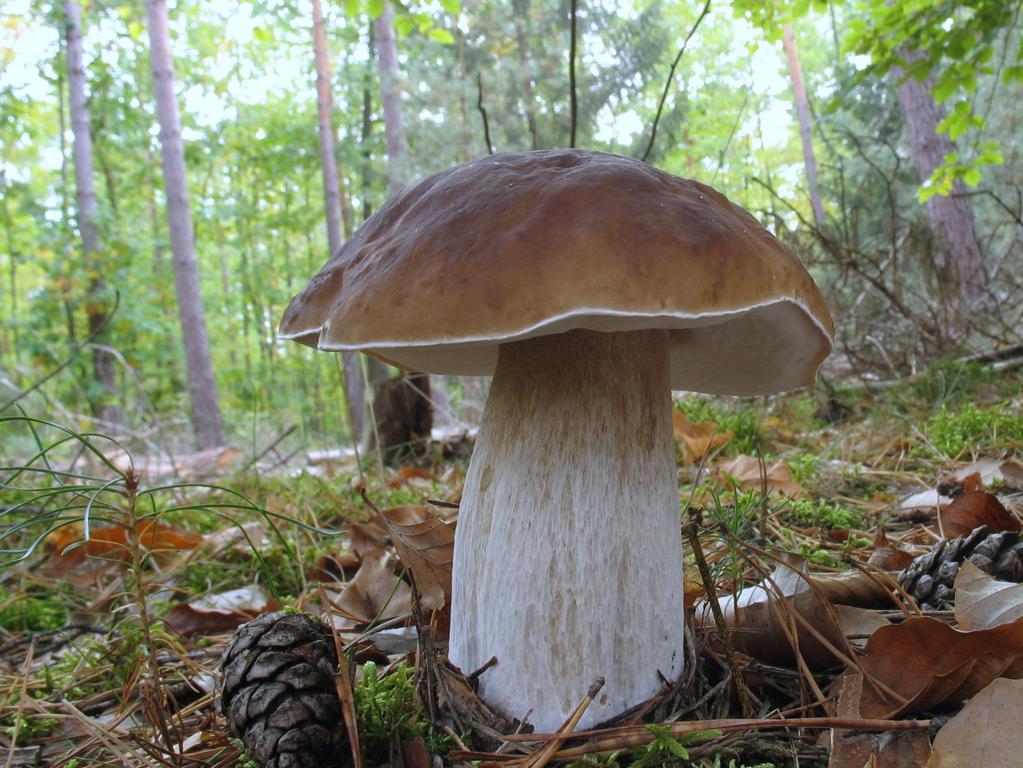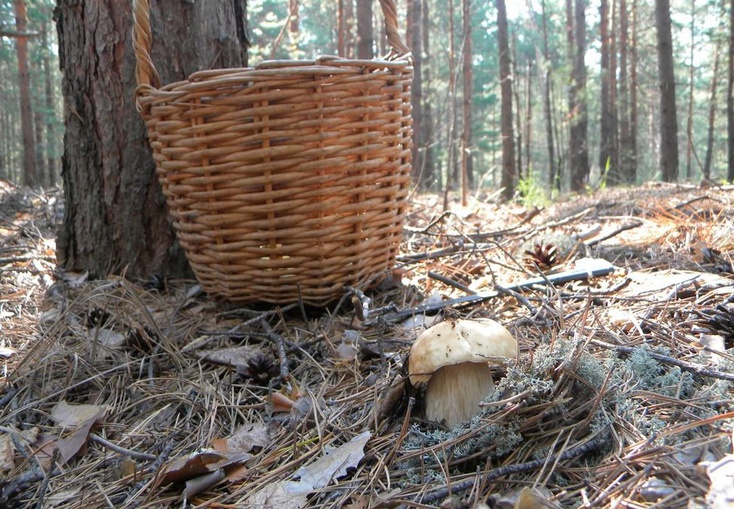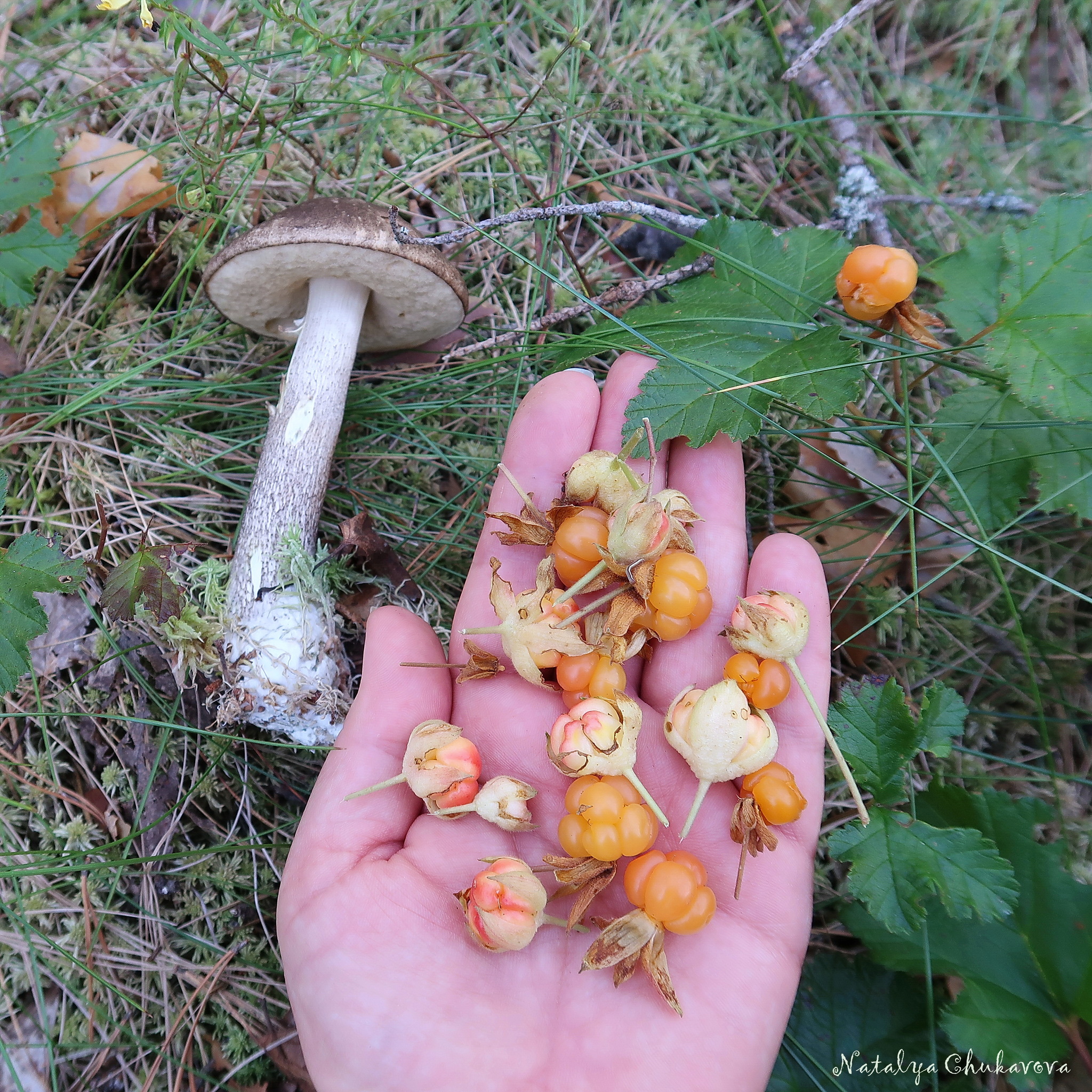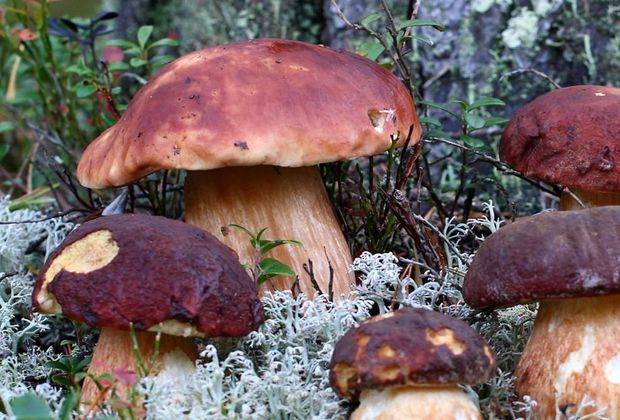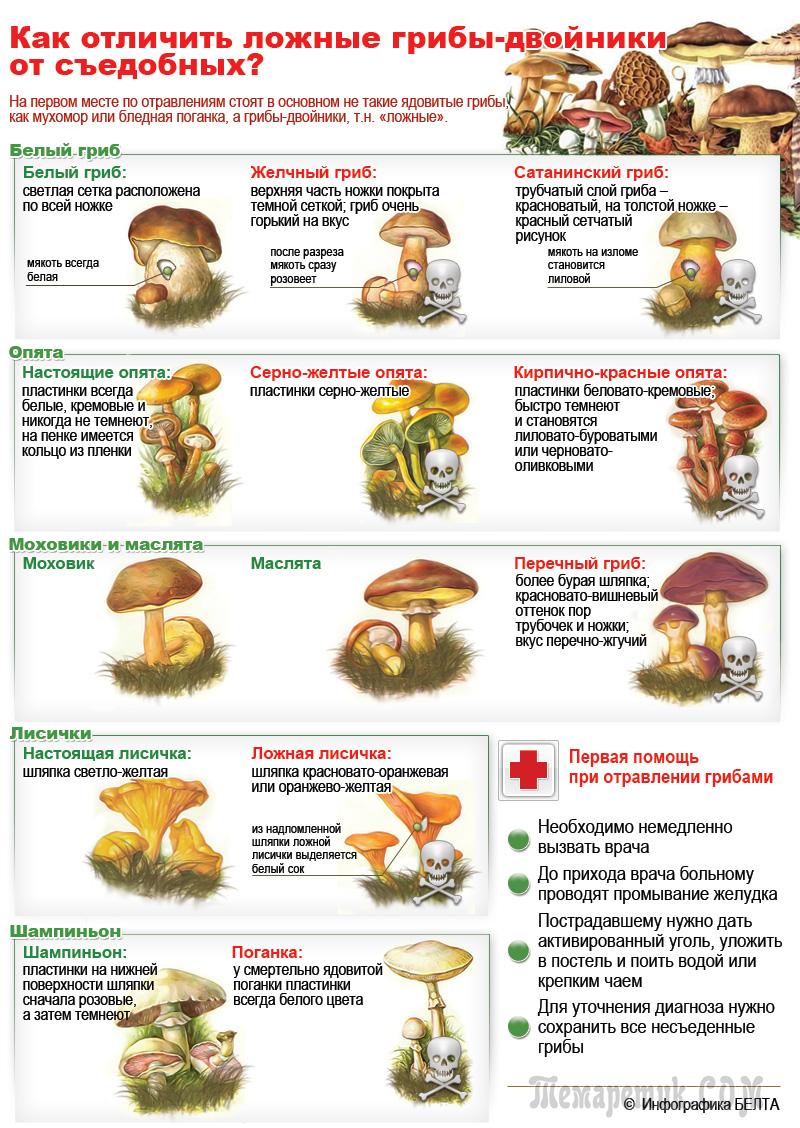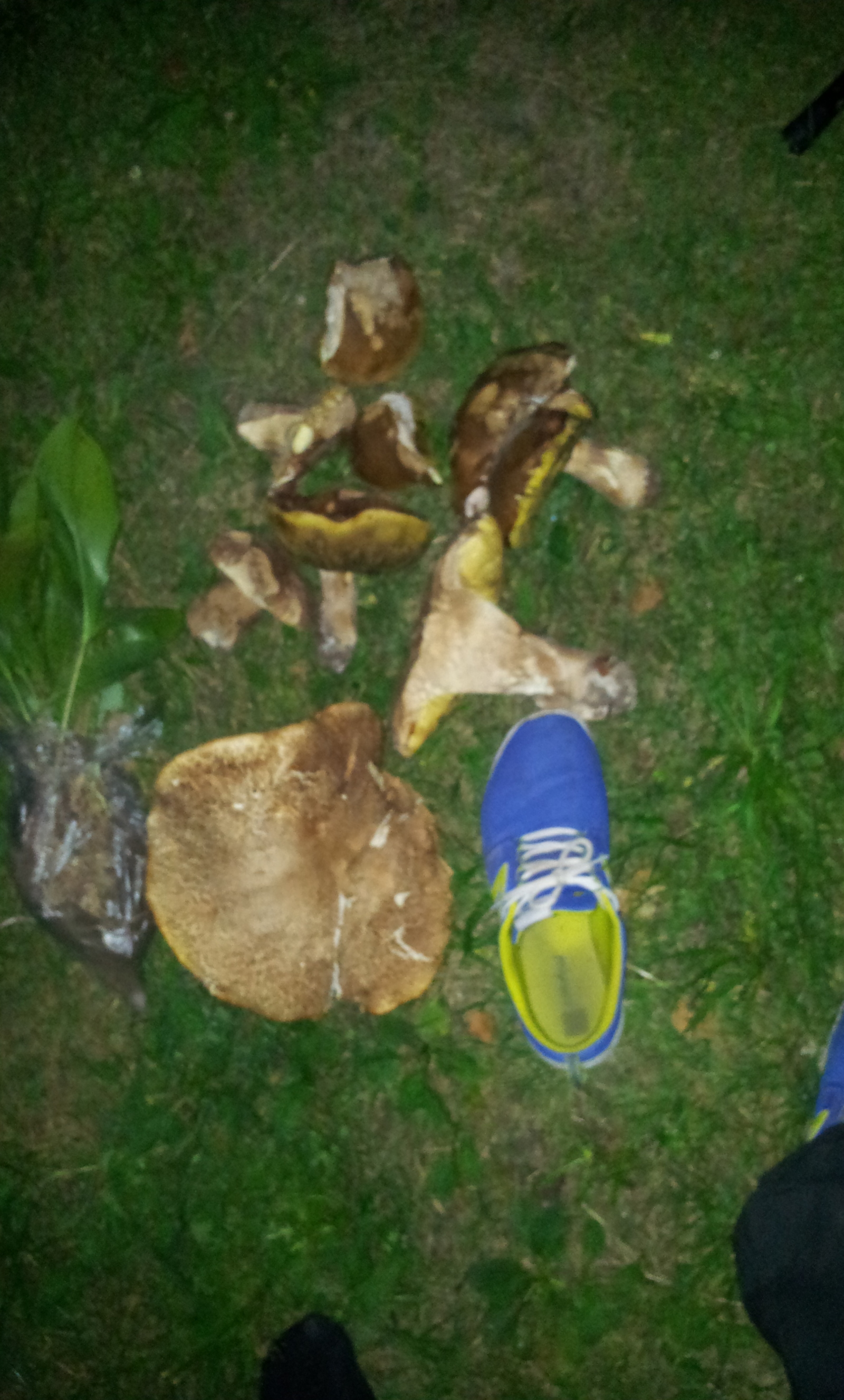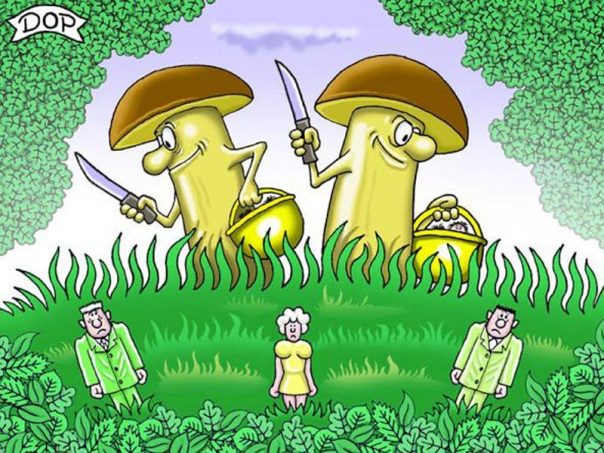The third kingdom of nature
Before we understand why some researchers call mushrooms the “saviors of the planet,” let's take a quick look at some biology lessons. Mushrooms, like plants and animals, have three forms of reproduction: vegetative (for example, by pieces of mycelium), asexual and sexual
This is important, since it is according to the methods of sexual reproduction that scientists divide mushrooms into classes. But the sexual reproduction of mushrooms is a very complex issue that cannot be fully addressed in a small article, so we will tell you in general terms the most basic facts.
- Researchers distinguish three classes of mushrooms:
- Imperfect mushrooms
- Marsupial mushrooms
- Basidiomycetes
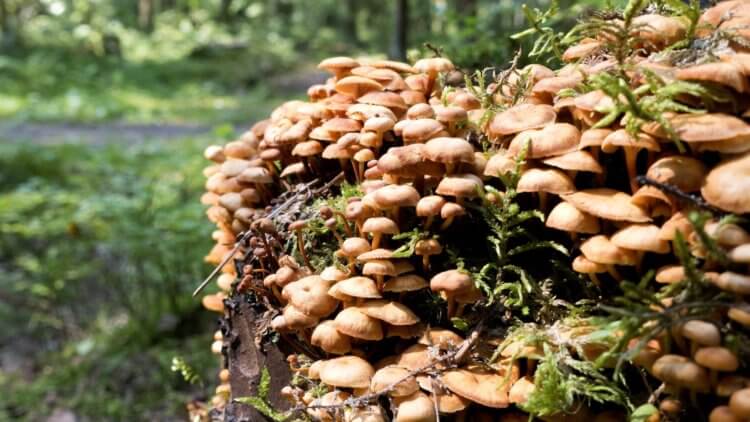
By the way, mushrooms are quite "heavy" food
It may sound surprising, but some fungi do not have sexual reproduction at all, or it is so complex and hidden from view that researchers have not yet discovered it. Such mushrooms are usually classified as "imperfect mushrooms". This includes the famous penicilli, from which, by the way, not only antibiotics are made, but also such cheeses as Camembert and Roquefort. The fungi of the genus Aspergillus also belong to the imperfect ones, which mainly affect book bindings and paintings. However, there is no limit to human ingenuity, and in Japan, rice vodka - sake is prepared with the help of aspergillus. The same applies to soy sauce.
Other representatives of the class of imperfect fungi are soil fungi. Some of them are predatory and hunt nematode worms, and among such fungi there are dangerous parasites of plants and animals, for example, the mushroom cordyceps one-sided, which my colleague Ramis Ganiev spoke about in detail, or the rice helminthosporium, which caused a massive famine in India in 1943 year, destroying rice crops. In general, the class of imperfect mushrooms can have a devastating, catastrophic effect on human life.
The second class is marsupial mushrooms, which includes a third of the entire mushroom kingdom. The marsupials include morels, stitches, truffles, most yeast and many parasites, where can we go without them. As a result of the sexual process, representatives of this class form a "bag" with eight spores inside - a bag, that's where the name comes from. When the bag bursts, the spores fly in different directions, like balls, sometimes up to half a meter. It is noteworthy that each mushroom has thousands and even millions of bags.

Boletus, as well as aspen mushrooms, russula, champignons and many others belong to the class of basiodiomycetes.
The third, last class of mushrooms is Basidiomycetes, which include everyone's favorite porcini mushrooms, boletus mushrooms, aspen mushrooms, champignons, russula and others. As a result of sexual reproduction in such mushrooms, not bags are formed, but basidia with spores. Basidia can be compared to an inflated glove with two to four fingers. At the tips of the "fingers" are attached spores that break off the glove after maturation. But if some parasitic fungi are really dangerous, then why do researchers think that using mushrooms can save the planet?
Myth 1. All edible mushrooms are equally useful
In fact, this is not the case. According to their nutritional value, all mushrooms are divided into 4 categories:
- The highest and therefore the most useful: porcini mushrooms, black milk mushrooms, yellow milk mushrooms, mushrooms.
- Aspen boletus, boletus, boletus, aspen milk mushrooms, oak trees, boletus, Polish mushroom.
- Flywheels, goats, whites, gray seers, value, russula, chanterelles, honey agarics, champignons, lines, morels.
- Least valuable mushrooms: violins, rubella, bitters, greenfinches, ryadovki, oyster mushrooms.
At the same time, when collecting, you need to give preference to young mushrooms - they are not only healthier in their composition, but also safer, because all environmental pollution accumulates in old mushrooms.

